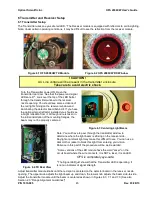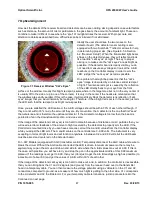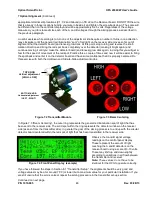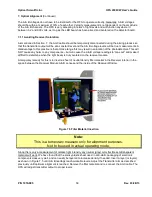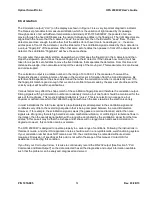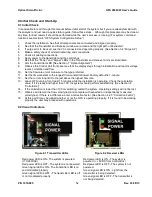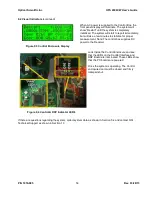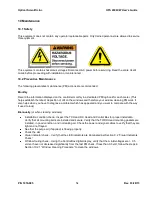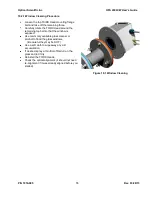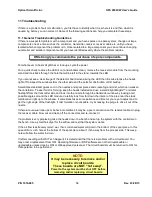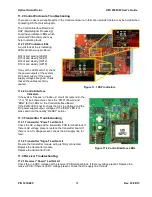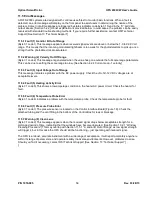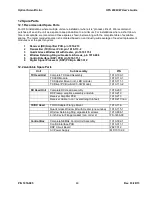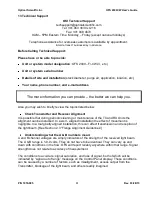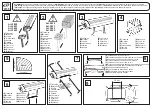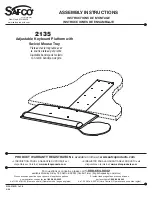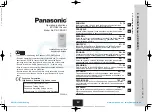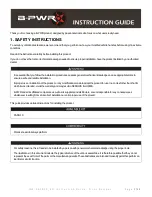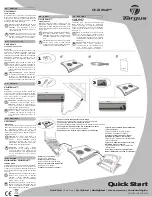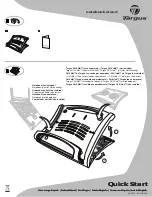
Optical Scientific Inc
OFS 2000CW User’s Guide
P/N 1910-905
Rev. 03/28/13
59
11.5 Error Messages
All OFS 2000 systems are designed with continuous self-test to monitor basic functions. When a fault is
detected, an error message will display on the front panel to assist users in determining the nature of the
problem. Some (not all) messages are triggered by status indicator code byte 31 found in the “C” poll data
output stream. [Section 5.2.2] A brief explanation is provided below. In most cases, the problem can be easily
resolved with standard trouble shooting methods. If you require further assistance, contact OSI Technical
Support
[See Section 13 “Technical Support”]
11.5.1 Fault (1) A and/or B Out of Range
(Byte 31 code 1) This message appears when received signal levels are above or below the 1.0 to 9.99 Volt
range. This means that the incoming modulated light beam is too weak for the photodetectors to pick up or so
strong that the photodetectors are saturated.
11.5.2 Warning (2) Velocity Out Of Range
(Byte 31 code 2) This message is generated when the value has gone outside the full scale range parameters.
This can be due to setting the scale range too low. [See Section 4.2.4 Current Loop -1 velocity]
11.5.3 Fault (3) Input Voltage Out of Range
This message indicates a problem with the DC power supply. Check the +5/+12/-12 VDC voltages are at
acceptable levels.
11.5.4 Fault (5) Heating Activity Error
(Byte 31 code 5) This shows a low amperage condition in the heater AC power circuit. Check the heater for
fault.
11.5.5 Fault (6) Temperature Probe Error
(Byte 31 code 6) indicates a problem with the temperature probe. Check the temperature probe for fault.
11.5.6 Fault (7) Pressure Probe Error
(Byte 31 code 7) The pressure sensor is located on the Control Interface Board [Figure 1.8]. Check the
attached tubing and the vent fitting in the bottom of the Control Box for leak or blockage.
11.5.7 Warning (9) Clean Lens
(Byte 31 code 9) This message appears when the received signal drops below acceptable strength for a
prolonged period of time, indicating that the windows have become obscured. [See
Section 10.2.1 “Window
Cleaning Procedure”] This may overlap with Section 11.5.1 “A and/or B Out of Range” as low signal strength
will trigger it, but in this case the OFS should still be functioning
– just operating with reduced signal.
The OFS is a robust, accurate instrument with a wide range of acceptance. It will report accurately anywhere
within it’s range of parameters, and operate reliably in adverse environments. However, problems do arise.
Should you find it necessary, contact OSI Technical Suppo
rt [See Section 13 “Technical Support”]
]

